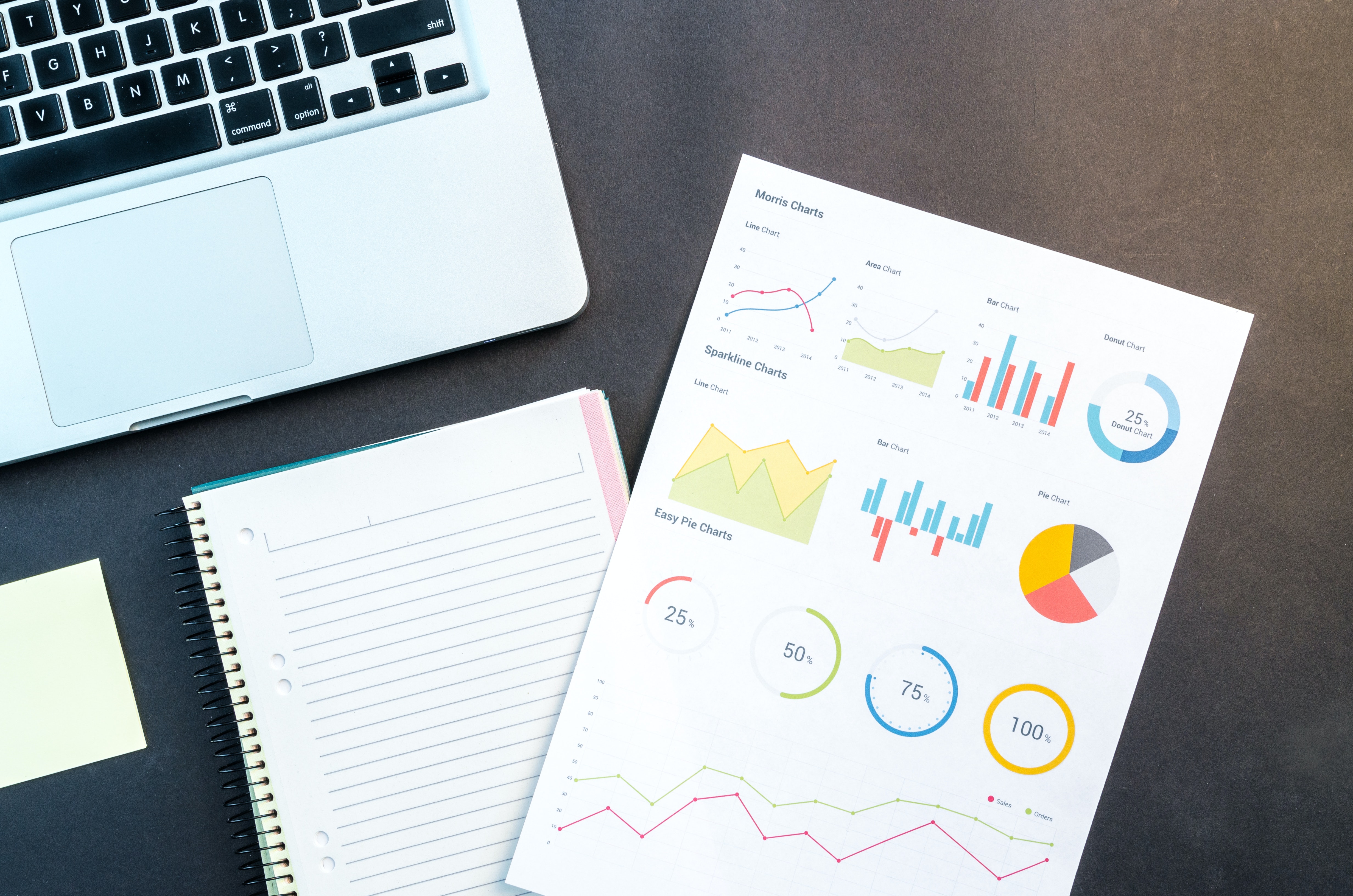Benefits and Tips on Using Data Visualization Tools
.jpg?width=1200&height=794)
As health insurance agencies and brokers continue to adapt to the digital age, having a strong online presence is crucial to attracting and retaining clients. However, having a website alone is not enough. It's essential to track website performance data and visualize it to improve the user experience and increase client satisfaction.
In this post, we'll explore how health insurance agencies and brokers can leverage data visualization tools to optimize website performance. We'll provide the benefits, tips, and examples on what type of dashboards and charts you can create to track your website’s health. Let's dive in!
What is Data Visualization?
Data visualization is the process of using graphical elements like charts, graphs, maps, etc. to augment data. By visualizing, data marketers and business professionals can enhance data intelligence for both internal and external team stakeholders. Moreover, data visualization is an excellent way for employees or business owners to present complex data and marketing metrics to non-technical audiences with reduced confusion.
Advantages of Using Data Visualization Tools
There are several benefits for health insurance agencies and brokers to use a data visualization tool for websites. It should:
-
Be easy to understand: Using data visualization tools can help present complex data in an easy-to-understand format. By using charts, graphs, and other visual aids, you can quickly see trends and patterns that might not be apparent in raw data.
-
Save you time: With a data visualization tool, you can save time by automating data analysis and presentation. Instead of spending hours using spreadsheets and creating reports, you can quickly generate visualizations that provide insights into website performance in a digestible format.
-
Help with better decision making: Data visualization tools can help you make better decisions by providing a more complete picture of website performance. By seeing data in a visual format, you can quickly identify areas where your website is performing well and areas where it needs improvement.
-
Allow collaboration: Data visualization tools can facilitate collaboration among team members by providing a common platform for sharing data and insights. This can help ensure that everyone is working from the same data and that decisions are based on a shared understanding of website performance.
-
Improve communication: Data visualization tools can help improve communication with stakeholders by presenting data in a format that is easy to understand. By presenting data in a visual format, stakeholders can quickly see the impact of website changes and make informed decisions.
Important Features in a Data Visualization Tool
There are many data visualization tools you can use such as Tableau, Power BI, and Looker Studio. Here are the key features to look for:
-
Real-time data: Of course, this is important. Finding a tool that provides real-time data allows you to monitor your website performance as it happens. This will give you the ability to make quick adjustments to your website.
-
Customizable charts and dashboards: You should be able to create customized dashboards and choose from a variety of options such as charts, graphs, and tables to display the data in a way that is easy to understand and that are tailored to your specific business needs.
-
Data connection and compatibility: A good data tool should be able to integrate with a variety of third-party tools, like Google Analytics 4 (GA4), and work with various data sources and formats. This will allow you to combine data from multiple sources into one comprehensive dashboard.
Other features to consider:
-
Adequate data security so data is protected
-
Ability to collaborate and share data
-
User-friendly and intuitive
-
Interactive features to explore data in the most effective way
Data Visualization Tool Example Dashboards
With the flexibility of a data visualization tool, you can create many types of reporting views and charts depending on what metrics are important to your agency.
Here are some examples of reporting views you can use by connecting GA4:
-
Website Performance Sessions, Pageviews, and Users: You can do a Year-Over-Year comparison using bar charts. Or a line graph showing performance over time.
-
Performance Based on Channel, Devices, or Browser Types: You can use a pie or donut chart to see the breakdown performance for each type.
-
Top Pages: Pull in your top landing pages and display how many users and views they’re getting Month-Over-Month
-
Event Tracking: Pull in the Event Name (such as a file download or clicks to an external link) and see how people are engaging with your website.
-
Subdomain Performance: Do you have a separate blog or help center site? You can connect that GA4 property and display the performance under that same dashboard.
Other Reporting:
-
Social Media Impressions, Engagement Actions, and Followers
-
Email Marketing Campaigns or Segments
Data visualization tools are an essential resource for anyone who wants to make sense of the vast amounts of data generated every day. By using these tools effectively, you can unlock insights that would otherwise be hidden in spreadsheets and databases. Whether you are an owner of an agency or a broker, visualizing your data can help you make more informed decisions and stay ahead of the competition.
We hope these tips are helpful and encourage you to explore the many benefits of data visualization tools for yourself.
About the Author: Vidah Quirante is the Digital Marketing Manager at The Word & Brown Companies. She has a huge passion for both technology and marketing and has been in the Digital Marketing realm for more than six years.

